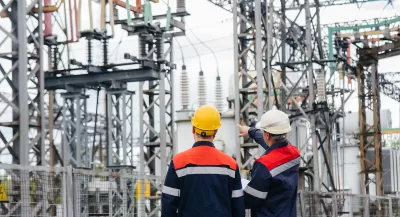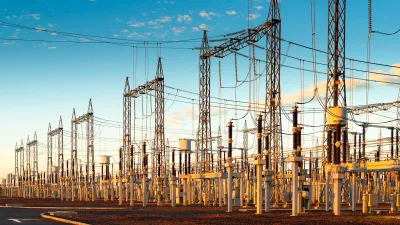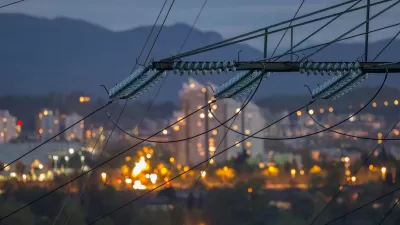The rapidly growing demand for electricity could lead to shortages and is already impacting where data centers are built.

The growing ubiquity of artificial intelligence poses a serious challenge to worldwide energy grids, writes Dan Lohrmann in GovTech.
Citing multiple news stories ranging in tone from alarm to boosterism, Lohrmann assesses the landscape and how experts perceive the future of AI versus energy conservation. An article in Barrons notes that “While AI’s surging demand may not lead to mass electrical outages, the AI boom is already changing how data centers are built and where they’re located, and it’s already sparking a reshaping of U.S. energy infrastructure.”
According to an article in New Scientist, “Over the next several years, many regions of the U.S. and Canada may struggle to ensure a reliable electricity supply amid soaring energy demand from the tech industry and electrification of buildings and vehicles.”
The North American Electric Reliability Corporation (NERC) agreed, projecting widespread electricity shortages during extreme weather conditions. According to research from the AI Now Institute, which studies the social impacts of AI, “At current growth rates, some new AI servers could soon gobble up more than 85 terawatt hours of electricity each year, researchers have estimated — more than some small nations’ annual energy consumption.”
FULL STORY: AI's Energy Appetite: Challenges for Our Future Electricity Supply

Alabama: Trump Terminates Settlements for Black Communities Harmed By Raw Sewage
Trump deemed the landmark civil rights agreement “illegal DEI and environmental justice policy.”

Planetizen Federal Action Tracker
A weekly monitor of how Trump’s orders and actions are impacting planners and planning in America.

The 120 Year Old Tiny Home Villages That Sheltered San Francisco’s Earthquake Refugees
More than a century ago, San Francisco mobilized to house thousands of residents displaced by the 1906 earthquake. Could their strategy offer a model for the present?

In Both Crashes and Crime, Public Transportation is Far Safer than Driving
Contrary to popular assumptions, public transportation has far lower crash and crime rates than automobile travel. For safer communities, improve and encourage transit travel.

Report: Zoning Reforms Should Complement Nashville’s Ambitious Transit Plan
Without reform, restrictive zoning codes will limit the impact of the city’s planned transit expansion and could exclude some of the residents who depend on transit the most.

Judge Orders Release of Frozen IRA, IIJA Funding
The decision is a victory for environmental groups who charged that freezing funds for critical infrastructure and disaster response programs caused “real and irreparable harm” to communities.
Urban Design for Planners 1: Software Tools
This six-course series explores essential urban design concepts using open source software and equips planners with the tools they need to participate fully in the urban design process.
Planning for Universal Design
Learn the tools for implementing Universal Design in planning regulations.
Clanton & Associates, Inc.
Jessamine County Fiscal Court
Institute for Housing and Urban Development Studies (IHS)
City of Grandview
Harvard GSD Executive Education
Toledo-Lucas County Plan Commissions
Salt Lake City
NYU Wagner Graduate School of Public Service





























